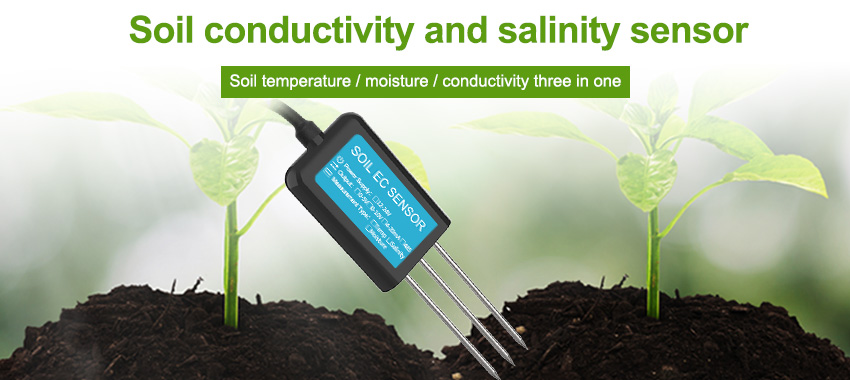Agriculture is facing many challenges, including limited resources, environmental concerns, and growing demand for food. To meet these challenges, farmers need to adopt innovative practices that optimize crop yields while reducing environmental impacts. Precision agriculture is one such practice that uses soil sensor technology to monitor soil conditions and adjust farming practices accordingly. This article explores the significance of precision agriculture, its applications, and the benefits it offers in improving crop growth and promoting sustainable agriculture.

Understanding Precision Agriculture :
a. Definition: Precision agriculture is a farming approach that uses technology to precisely measure and manage crop growth factors, such as soil moisture, nutrients, and diseases. By collecting real-time data on soil and crop conditions, precision agriculture enables farmers to make informed decisions about farming practices, leading to improved crop yields, reduced input costs, and minimized environmental impacts.
b. Components: Precision agriculture comprises several components, including soil sensors, drones, GPS systems, and data analytics software. Soil sensors play a crucial role in measuring key soil parameters, such as moisture content, electrical conductivity, pH, and nutrient levels. Drones provide aerial imagery to identify crop variability and identify potential problems. GPS systems enable precise location tracking of farming equipment, allowing farmers to optimize farming practices. Data analytics software processes the collected data to inform decision-making.
c. Applications: Precision agriculture has applications in various farming practices, including irrigation management, fertilization, disease and pest control, soil mapping, crop rotation, and yield forecasting. By customizing agricultural practices to specific site conditions, precision agriculture can significantly increase crop yields and reduce input costs.
Significance of Soil Sensors :
a. Types of Soil Sensors: Soil sensors are devices that measure different soil parameters critical for assessing crop growth and soil health. Different types of soil sensors are available in the market, including moisture sensors, temperature sensors, electrical conductivity sensors, pH sensors, nutrient sensors, and organic matter sensors. These sensors provide real-time data on soil conditions that help optimize farming practices.
b. Working Principles:
Soil sensors use different working principles to measure specific soil parameters. For instance, moisture sensors utilize capacitance or time-domain reflectometry techniques to measure soil moisture content. Electrical conductivity sensors measure the soil’s ability to conduct electricity, indicating nutrient availability and salinity levels. pH sensors measure soil acidity or alkalinity, which affects nutrient availability to plants.
c. Installation and Monitoring: Soil sensors can be installed at various depths in the soil profile to capture data from different layers. They are usually connected to data loggers or wireless networks, enabling remote data collection and real-time monitoring. Farmers can access the collected data through mobile applications or online platforms, allowing them to make informed decisions about irrigation, nutrient management, and overall crop growth.
Benefits of Precision Agriculture :
a. Improved Resource Management: Precision agriculture enables farmers to optimize resource management by customizing farming practices to specific site conditions. By using soil sensors to measure key parameters like moisture and nutrient levels, farmers can adjust inputs like water and fertilizer application accordingly, reducing waste and increasing resource-use efficiency.
b. Increased Crop Yields:
Precision agriculture can significantly increase crop yields by applying optimal growth conditions, such as irrigation, fertilization, and pest control, based on soil sensor data. By providing real-time data, soil sensors enable timely interventions, such as precision watering and fertilizer application, leading to higher crop yields.
c. Reduced Environmental Impacts:
Precision agriculture can reduce environmental impacts by minimizing waste and pollution associated with excessive water and fertilizer usage. By delivering precise inputs based on soil sensor data, precision agriculture reduces the risk of over-fertilization or over-irrigation, leading to reduced nutrient runoff and water pollution.

d. Increased Profitability: Precision agriculture can increase profitability by reducing input costs and increasing crop yields. By optimizing resource management, precision agriculture enables farmers to reduce input costs associated with water, fertilizer, and pesticides. By increasing crop yields, precision agriculture also increases revenue potential, leading to increased profitability.
